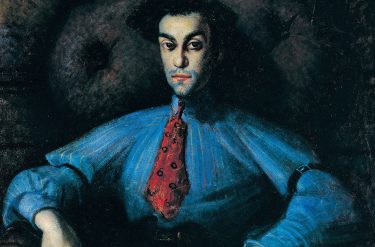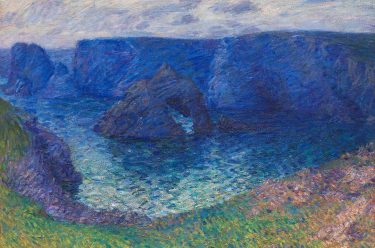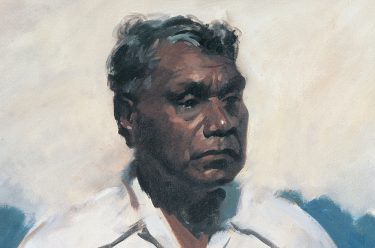Works by Auguste Rodin offer an insight into his practice
The charismatic and obsessive French sculptor Auguste Rodin (1840–1917) remains a fascinating figure, his work, the subject of numerous controversies during his lifetime, continues to inspire debate, particularly his intimate representations of the female figure. There is little dispute, however, about his importance to modern sculpture and his continuing influence on contemporary artists, writers, and…
Continue reading » “Works by Auguste Rodin offer an insight into his practice”





